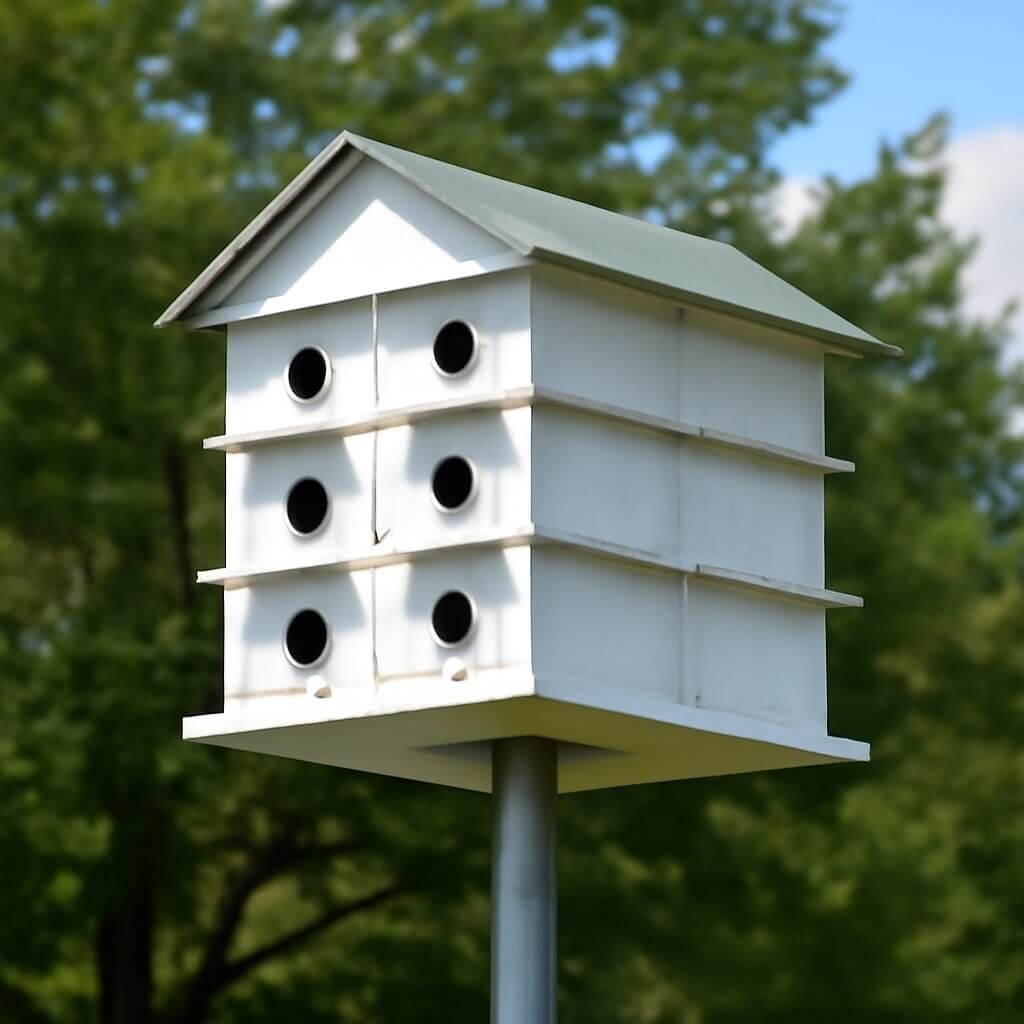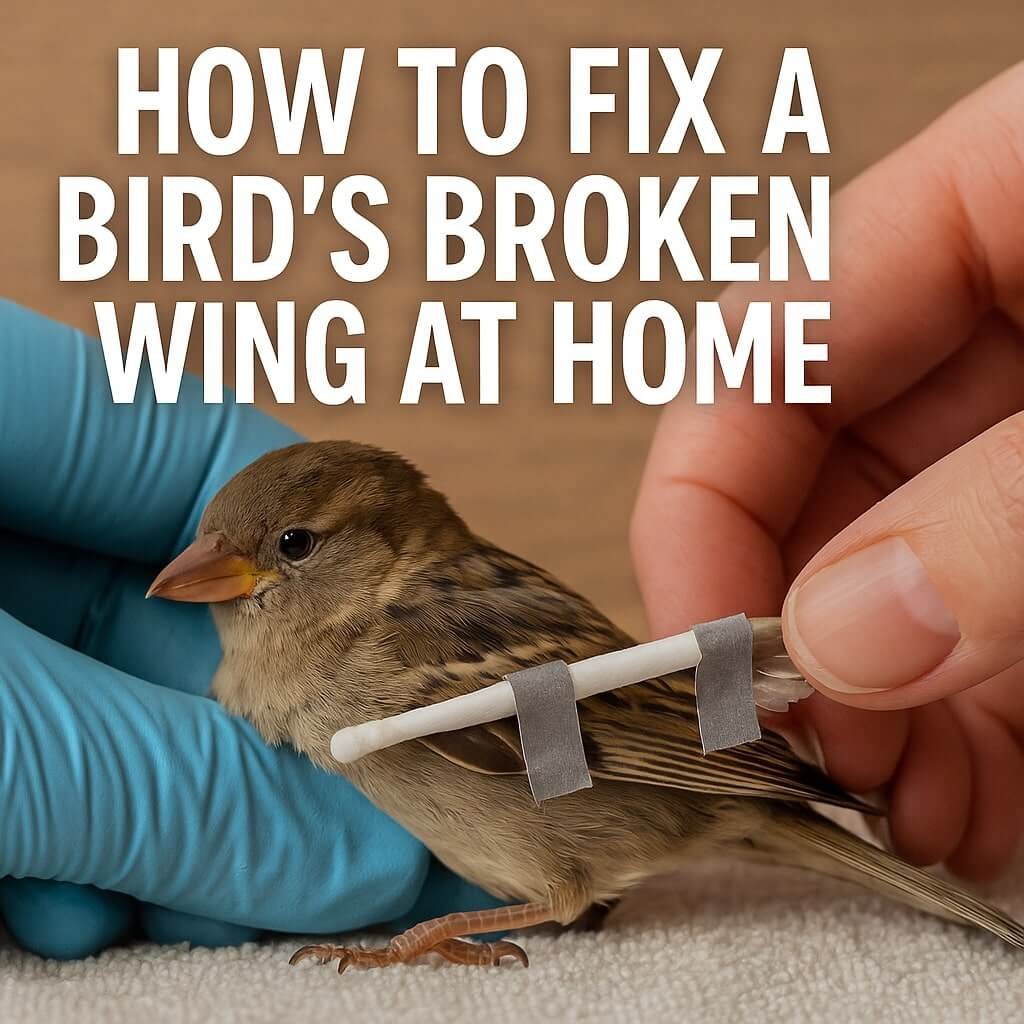Bumblefoot, medically known as pododermatitis, is a common condition affecting ducks, characterised by inflammation, swelling, and infection in the footpads. This condition typically occurs when the duck’s feet are injured or become infected, leading to painful abscesses. It is often seen in ducks kept in environments with poor hygiene, hard surfaces, or inadequate bedding.
Common Signs and Symptoms of Bumblefoot in Ducks
The signs of bumblefoot can vary, but common symptoms include:
- Swelling and redness on the footpads
- Lameness or limping
- Development of abscesses or pus-filled lesions
- Heat or warmth around the affected area
- A noticeable limp or reluctance to walk
It’s crucial to monitor your ducks closely, especially if they show any signs of discomfort or lameness, as early treatment can prevent the condition from worsening.
What Causes Bumblefoot in Ducks?
Bumblefoot is primarily caused by bacterial infections, but there are several factors that can contribute to the development of this painful condition.
Poor Housing Conditions
Hard or rough surfaces, such as concrete, wire floors, or gravel, can put excessive pressure on the ducks’ feet, leading to abrasions and cuts. These openings in the skin provide an entry point for bacteria, increasing the risk of infection.
Nutritional Deficiencies
A lack of proper nutrition, particularly a deficiency in vitamin A, can weaken the immune system and make ducks more susceptible to infections. Ensure your ducks are fed a well-balanced diet with plenty of vitamins and minerals to support their health.
How to Prevent Bumblefoot in Ducks
Preventing bumblefoot is always better than treating it. Implementing a few simple strategies can go a long way in protecting your ducks from this painful condition.
Proper Housing and Bedding
Ensure that your ducks live in clean, dry, and comfortable conditions. Use soft bedding such as straw or hay to cushion their feet and reduce the risk of injury. Regularly clean their living area to prevent the buildup of bacteria.
Providing a Balanced Diet
A well-balanced diet is essential for your ducks’ overall health and immune function. Ensure they have access to fresh water and high-quality duck feed, and consider supplementing their diet with fresh vegetables and herbs.
Step 1: Identifying Bumblefoot Early
Early detection is crucial for effective treatment. Look out for the early signs of bumblefoot, including slight swelling or redness on the feet. If you catch the condition early, you can often treat it without the need for surgical intervention.
Step 2: Isolating the Affected Duck
Once you notice bumblefoot symptoms, it’s important to isolate the affected duck from the rest of the flock. This helps prevent the spread of infection and allows the duck to rest and recover without further stress.
Step 3: Cleaning and Disinfecting the Foot
Before applying any treatment, you must thoroughly clean the affected foot. Use warm, soapy water to wash away any dirt, debris, or infection-causing bacteria. Afterwards, disinfect the area with an antiseptic solution.
Step 4: Applying Topical Treatment
Once the foot is clean, apply an appropriate topical antibiotic ointment or cream to the affected area. Common choices include Neosporin or a specialised animal wound cream. This helps combat the infection and encourages healing.
Step 5: Bandaging the Foot
After applying the ointment, bandage the foot to keep the area clean and protected. Use non-stick gauze and medical tape to secure the bandage in place. Make sure it’s not too tight, as this can interfere with circulation.
Step 6: Providing Pain Relief
Bumblefoot can be quite painful, so it’s important to provide your duck with pain relief. Consult your veterinarian for safe and appropriate pain management options, such as painkillers or anti-inflammatory medications.
Step 7: Monitoring and Follow-up Care
Regularly check the affected foot to monitor progress and make sure the infection is healing properly. Change the bandage as needed and reapply the ointment. Keep your duck in a calm, quiet area to prevent further injury.
When to Seek Professional Help
If the infection worsens or doesn’t improve after a few days of home treatment, it’s important to consult a veterinarian. They may need to perform surgery to drain the abscess or provide stronger antibiotics for a more severe infection.
FAQs
How long does it take for a duck to recover from bumblefoot?
The recovery time for bumblefoot varies depending on the severity of the condition. Mild cases can heal in about 2-3 weeks, while more severe infections may take several months to fully resolve.
Can bumblefoot be prevented?
Yes, bumblefoot can often be prevented by providing clean, soft bedding, ensuring proper nutrition, and reducing the risk of injury by avoiding rough surfaces in the duck’s environment.
Is bumblefoot contagious among ducks?
No, bumblefoot is not contagious. It is caused by an infection in the feet, but it doesn’t spread directly from one duck to another.
What are the risks of untreated bumblefoot in ducks?
If left untreated, bumblefoot can lead to severe infections, abscesses, and permanent foot damage. It can also cause lameness, making it difficult for the duck to move or access food and water.
Can you treat bumblefoot without surgery?
Yes, mild cases of bumblefoot can often be treated without surgery by cleaning the foot, applying antibiotic ointments, and providing proper care. Surgery is typically only necessary for more severe or advanced cases.
Should I separate my duck from others during treatment?
Yes, isolating the affected duck is a good idea during treatment. This prevents further stress, reduces the risk of spreading any infection, and allows the duck to heal in a calm environment.
Conclusion
Bumblefoot in ducks is a condition that requires quick attention and proper care. By following the 7 steps outlined above, you can effectively treat and prevent bumblefoot, ensuring that your ducks remain healthy and happy. Regular monitoring, good hygiene practices, and a balanced diet will help protect your ducks from this painful condition in the future. If in doubt, always consult with a veterinarian to ensure the best care for your feathered friends.













